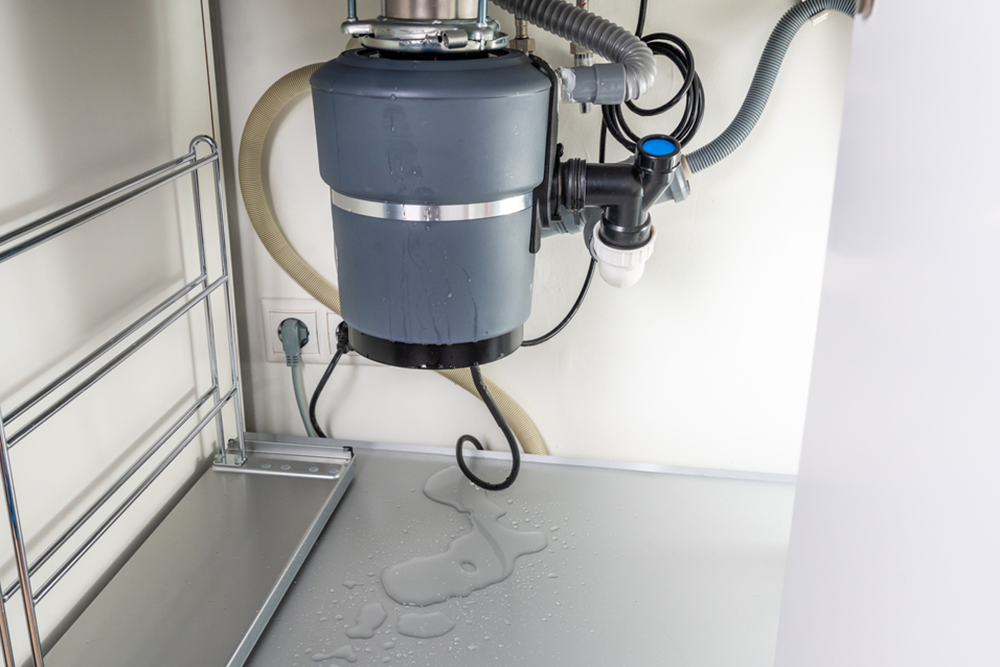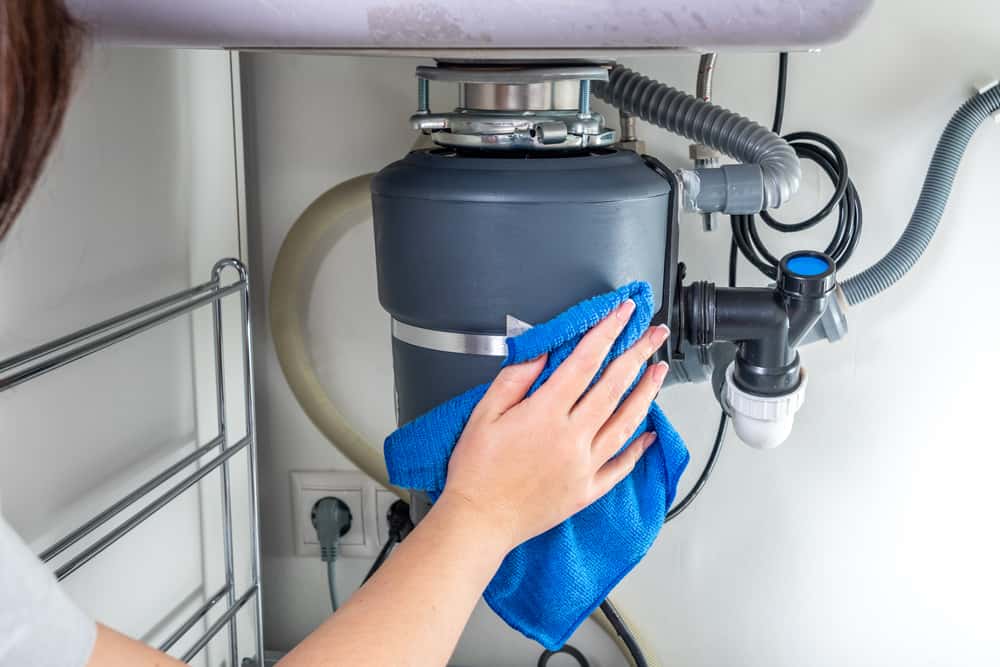How do you feel about Why Is ?

Waste disposal unit are essential kitchen appliances that help in throwing away food waste efficiently. However, a leaking garbage disposal can be a discouraging and untidy problem to deal with. Fortunately, numerous leaks can be fixed easily with a few simple actions. In this write-up, we will certainly discuss how to deal with a dripping garbage disposal properly.
Introduction
Waste disposal unit are installed under kitchen area sinks and are designed to shred food waste right into smaller sized items, permitting it to travel through the pipes system quickly. While these gadgets are typically dependable, leaks can take place gradually due to damage, loose links, or damages to the unit.
Step-by-Step Guide to Repairing a Leaking Garbage Disposal
Shut off the Power
Before attempting any type of repairs, ensure that the power to the waste disposal unit device is turned off to stop the threat of electric shock.
Find the Leakage
Identify the specific place of the leak and determine the reason
Tighten Links
Use a wrench to tighten up any loose connections in between the disposal unit and the plumbing system.
Replace Seals or Gaskets
If the leakage results from used seals or gaskets, get rid of the old parts and replace them with new ones.
Patching Cracks or Holes
For cracks or openings in the disposal system, usage epoxy or an ideal patching product to secure the damaged area.
Identifying the Source of the Leakage
Before trying to deal with a dripping waste disposal unit, it is necessary to identify the resource of the leak. This can commonly be done via visual inspection or by performing basic examinations.
Visual Evaluation
Check the garbage disposal unit thoroughly for any type of indicators of water leakage. Pay very close attention to areas around seals, gaskets, and connection factors.
Testing for Leaks
One method to examine for leaks is by running water via the disposal system and checking for any kind of noticeable signs of leakage.
Usual Sources Of Leakages in Waste Disposals
Worn Seals and Gaskets
Seals and gaskets play an important role in preventing water from leaking out of the garbage disposal. In time, these components can weaken, bring about leakages around the disposal unit.
Loose Links
The links between the waste disposal unit and the pipes system can end up being loosened with time, triggering water to leakage out during procedure.
Fractures or Openings in the Disposal Device
Physical damage to the waste disposal unit, such as fractures or openings in the housing, can also cause leakages.
Devices and Materials Needed for Repairing a Leaking Waste Disposal Unit
Before beginning the repair work process, gather the necessary devices and products, consisting of a screwdriver, flexible wrench, plumbing's putty, replacement seals or gaskets, and epoxy or patching material for repairing fractures or openings.
Examining the Garbage Disposal After Fixing
Once the repair service is complete, check the waste disposal unit by running water through it to make certain that the leak has been solved.
Preventive Maintenance Tips to Prevent Future Leaks
To stop future leakages, it is necessary to do routine upkeep on your garbage disposal. This includes maintaining it tidy, avoiding placing non-food products or hard items down the disposal, and periodically looking for leaks or other concerns.
Conclusion
In conclusion, dealing with a dripping waste disposal unit is a reasonably uncomplicated process that can be finished with fundamental tools and materials. By complying with the actions outlined in this post and practicing precautionary maintenance, you can maintain your garbage disposal in good working condition and stay clear of costly repair services in the future.
What to Do About a Leaking Garbage Disposal
A leaking garbage disposal often goes unnoticed until you confront a sopping cabinet, a foul-smelling puddle, or an audible drip-drip-drip from the unit. The fix can be frustrating, too, because the leak can stem from a number of components in the system. Fortunately, with a little sleuthing, you can zero in on the leak and—depending on the exact location—stop the icky oozing and repair the component that caused it. Worst case scenario, if it turns out that the garbage disposal must be replaced, installing a new one is a reasonable do-it-yourself task for those with basic plumbing skills. Read on to keep the cash you’d otherwise hand over to a pro.
Prepare to find the leak
Prior to testing the garbage disposal for leaks, unplug it at the wall outlet and turn off the power from the breaker box to prevent electrical shock. Then insert a watertight sink stopper into your sink drain and wipe the unit dry with a clean cloth. In any handy container, mix a few drops of food coloring into a few cups of water, and pour the dyed water onto the sink stopper to help you locate the leak.
Investigate the source
the top, where the disposal meets the sink drain the side, where the dishwasher hose or main drain pipe connects to the disposal or the bottom of the unit Inspect each of these locations while gliding a light-colored rag over the unit; the dyed water will readily show on the rag and reveal the location of the leak. If a leak isn’t immediately apparent, remove the sink stopper and pour a few more cups of dyed water down the sink drain, then check for leaks again. Leaks near the top of the unit are more likely to show themselves while the sink is plugged, while side and bottom leaks are more noticeable while the sink is unplugged.
The metal sink flange that sits directly inside the sink drain is typically sealed around the top with plumber’s putty (a clay-like sealant) and then secured from under the sink with bolts. If the plumber’s putty deteriorates, or the bolts loosen, the flange can no longer form a watertight seal between the sink drain and the disposal—which could cause a leak at the top of the unit.
To reseal the leaky flange, you must first detach the garbage disposal. Start by loosening the screws securing the main drain pipe to the disposal, then loosen the screws in the metal clamp securing the dishwasher hose to the disposal and detach the drain pipe and dishwasher hose from the disposal. Loosen the screws in the mounting ring that connects the disposal to the metal mounting assembly beneath the sink, then pull down the disposal and carefully set it on a clean, dry surface. Loosen the bolts in the mounting assembly with a wrench, then pull down the mounting assembly and set it near the disposal.

Do you like more info about How to fix a pretty consistent leak from my garbage disposal? Try to leave a remark further down. We will be glad to listen to your feelings about this entry. Hoping to see you back again later on. Are you aware of someone else who is inquisitive about How to fix a pretty consistent leak from my garbage disposal? Be sure promote it. Kudos for your time. Visit us again soon.
Contact